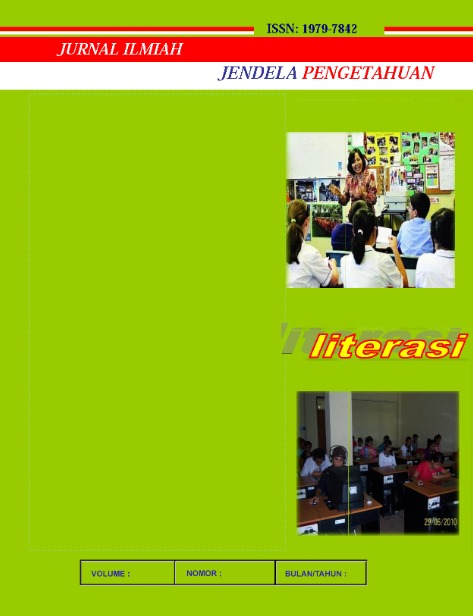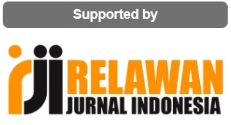The Influence of Staple Food Prices on the Purchasing Power of the Community in Wayame Village RT/RW 007/004
Pengaruh Harga Bahan Pokok Terhadap Daya Beli Masyarakat di Desa Wayame Rt/Rw 007/004
Abstract
The price of staple goods plays a crucial role in determining consumer purchasing power, especially in areas where economic conditions depend on market price stability. This study aims to analyze the effect of staple food prices on the purchasing power of the community in Wayame Village RT/RW 007/004. The research method employed a quantitative approach using simple linear regression analysis to measure the relationship between staple food prices (independent variable) and purchasing power (dependent variable). Primary data was collected through questionnaires distributed to 72 respondents, while secondary data was obtained from relevant sources such as statistical reports and previous research. The results indicate that prices significantly influence purchasing power, with a regression coefficient of 0.356, meaning that an increase of one unit in price results in a 0.356 unit increase in purchasing power. The t-value of 5.291 and significance level (Sig.) of 0.000 confirm that price has a significant effect on purchasing power (p < 0.05). Additionally, the correlation coefficient (R) of 0.534 suggests a moderate positive relationship between price and purchasing power. Meanwhile, the R Square value of 0.286 indicates that 28.6% of the variability in purchasing power can be explained by price, while 71.4% is influenced by other factors not analyzed in this study. These findings suggest that competitive and stable prices can enhance purchasing power, whereas significant price increases may reduce people's ability to meet their basic needs. Therefore, sellers should set prices that align with consumer purchasing power, while government intervention is necessary to monitor and stabilize staple food prices through policies that support economic stability.
Downloads
Copyright (c) 2025 Auvia Anissa, Josef Papilaya, Francisca Riconita Sinay

This work is licensed under a Creative Commons Attribution 4.0 International License.
















